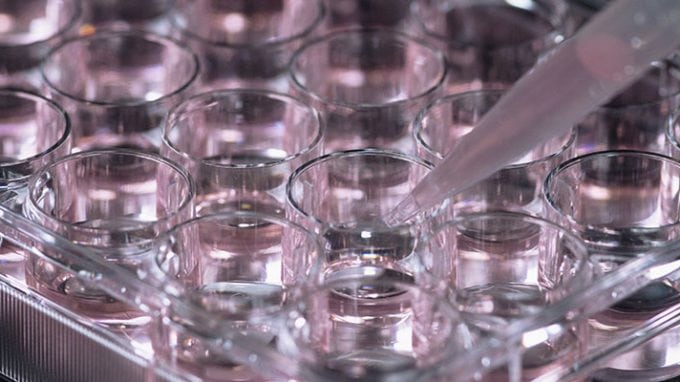Embryo donation is a growing trend in the adoption field. There are some who know about it while others guess how the process works. Having been asked a few common questions regarding embryo donation, we have put together a brief guide to understanding the procedure and purpose of embryo donation from a donor and a recipient’s perspective.
Are Embryo Donors Paid?
No. Unlike egg and sperm donors, embryo donors are not paid. But there are payments that recipients make, used for the cost of embryo storage, lab fees and other charges related to donation. The recipient also pays for the medication and embryo-transfer procedure. Generally, embryo donation is less costly than in vitro fertilization (IVF) or adoption.
Is a Legal Counsel Needed When Drafting the Transfer Contract?

Is It Possible to Choose the Recipient?
In most cases, yes. Donors who are donating to complete strangers also have a say in who will get the embryo after considering a checklist of items. That list may include, for instance, a family who shares the same religion, a family that does not have children, or a family living 2,000 miles away. Most of the time, embryo donors choose to give the embryo to a family member or a friend. All these requests are captured through a contract.
How Easy Is It to Find Information About Embryo Donors?
When there is an open donation, recipients and donors can exchange all sorts of information. Even if the donor decides to be anonymous, the recipient will get general information like the age, education level, height, ethnicity, skin and eye color, family health history up to three generations and religion. The recipient will also be informed about the number of embryos created from the same sperm and egg and if there has been a live birth.
What Is the Difference Between Embryo Donation and Adoption?
Embryo donation can be anonymous, open or closed, just like an adoption. When you have an open donation, the contract will say who the recipients will be and also if it permits the children born from the embryos to contact their biological parents. Additionally, some recipients may stay in contact with the donors as the child grows up, allowing a relationship to exist between the donor-conceived children and their biological parents.
One important difference is that with embryo donation, the female recipient can be pregnant with the “adopted” children while this is not the case with adoption.
How Much Does Embryo-Donation Cost?

There are additional costs associated with this process, from the cost of testing donors for infectious diseases, preparing a legal contract between the recipient and the donor, to transporting the embryo to its destination.
What Are the Legal Implications?
Couples are helped by donation organizations to create legal contracts following the guidelines of the American Society Reproductive Methods (ASRM). In them, the donor revokes any parental rights and transfers them to the family taking up the adoption. The National Embryo-Donation Center recognizes the adoptive couple as the legal parents, but a lawyer needs to be present to look over the documents.
What About the Baby?
Just as in traditional adoption, parents who are raising the child should know how and when the appropriate time is to tell their child about his or her biological parents. It is recommended for the parents to take up counseling before taking this step in order to understand the impact the news can have on a child.




